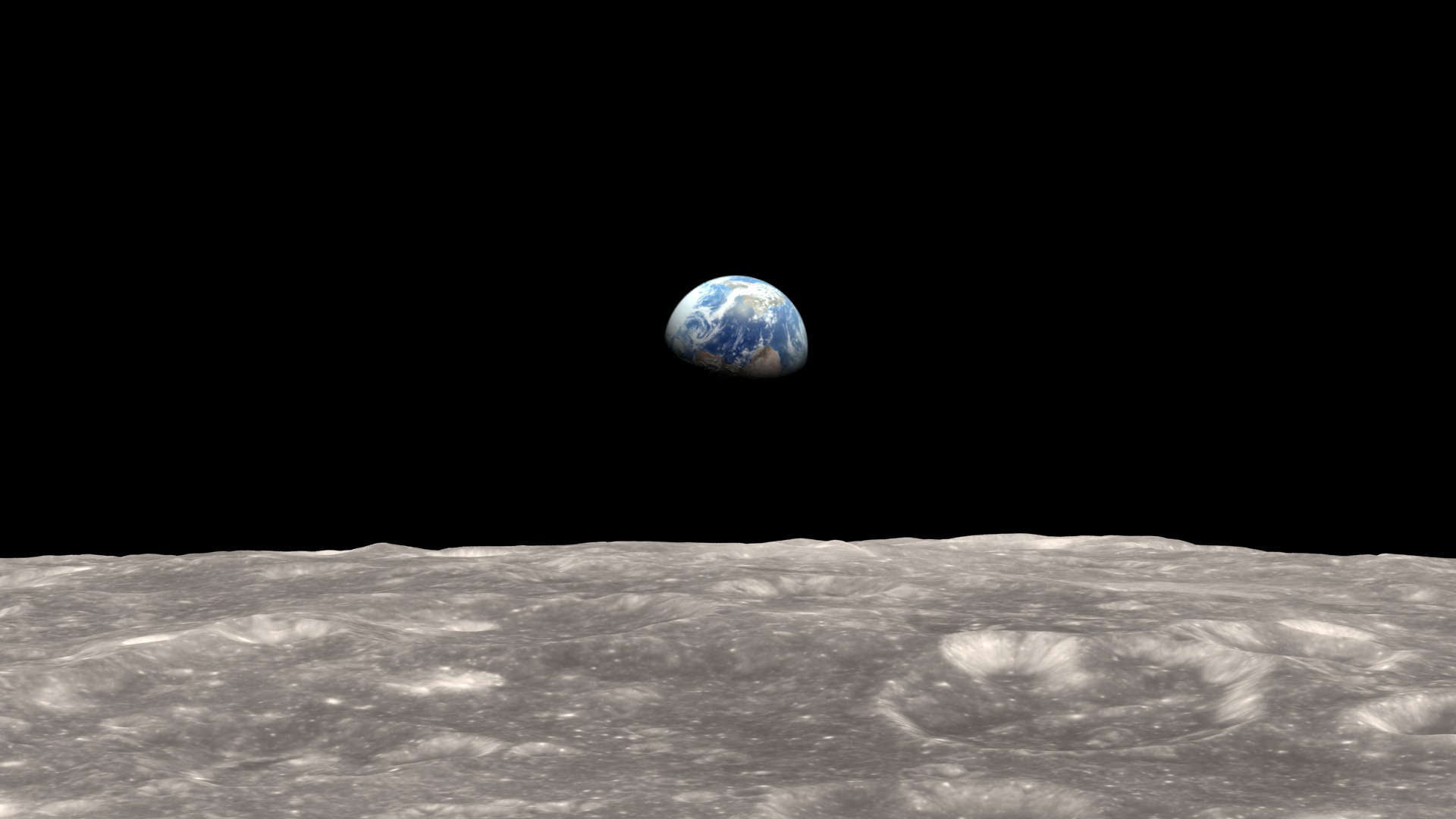The Anthropocene Will Help Astrobiologists Understand Alien Worlds

Credit to Author: Emanuel Maiberg| Date: Thu, 07 Sep 2017 15:57:38 +0000
In 1964, the Soviet astronomer and OG alien-hunter Nikolai Kardashev devised a system for thinking about the extraterrestrial civilizations he hoped to soon discover. The Kardashev Scale is a three-tiered classification rubric that ranks civilizations on an astronomical scale of development based on their energy use. On this model, a type 1 civilization could direct all the energy on its home planet to its own ends. Earth is quickly approaching this level of development, but still falls a bit short. A type 2 civilization would have control over the energy of its host star, and a type 3 civilization would have free reign to use the energy of its host galaxy as it saw fit.
The Kardashev Scale makes for some trippy speculation, but a group of researchers led by University of Rochester physicist Adam Frank have proposed what they believe to be a better model of a civilization’s evolution.
As detailed in a paper published in the peer-reviewed journal Anthropocene, Frank and his colleagues argue that the evolution of planetary-scale civilizations is best understood as a process of “non-equilibrium thermodynamics.” Simply put, this is the idea that any intelligent species is bound to impact energy flow on their host planet by forcing this energy out of balance through the use of planetary resources.
This new conception of a civilization’s evolution is still focused on how it uses energy, but in a way that’s more in line with our own experience here on Earth. Many, if not most, scientists acknowledge that we have entered the Anthropocene, a period of evolution on our planet when our species has become a “geological force” capable of drastically altering its environment on a planetary scale. Frank and his colleagues have extended and modified this conception so it can be used in an astrobiological context.
“In our perspective, the beginning of the Anthropocene can be seen as the onset of the hybridization of the planet, a transitional stage from one class of planetary systems to another,” the researchers write in their paper. “From an astrobiological perspective, Earth’s entry into the Anthropocene represents what might be a predictable planetary transition.”
Like the Kardashev Scale that inspired the new model, Frank & co.’s “hybrid planet” hypothesis divides the evolution of a planet into several classes:
- Class 1: the planet with no atmosphere, which is unable to support life as we know it.
- Class 2: the planet has a thin atmosphere with greenhouse gasses, such as is found on Mars, but no life.
- Class 3: the planet has a biosphere, but one that does not have enough activity to “affect planetary drivers and alter the evolutionary state of the planet as a whole.”
- Class 4: the planet has a robust biosphere sustained by photosynthetic activity—that is, plants are growing—and the presence of life has begun to strongly affect the planetary energy flow.
- Class 5: the planet and its biosphere are “profoundly affected” by the activity of an intelligent species that is highly dependent on its ability to manipulate planetary energy toward its own ends.
On this model, our recent entry into the Anthropocene would mark the beginning of our transition from a class 4 to a class 5 civilization.
Despite the novelty of their proposal, Frank and his colleagues were not the first to suggest an alternative to the Kardashev Scale. Carl Sagan, for instance, suggested that the development of a species be appraised by the amount of information available to them. Alternatively, Cambridge University cosmologist John Barrow advanced the idea that a civilization’s evolution should be measured by the minuteness of the objects they are capable of manipulating—from a society capable of breaking rocks all the way to one capable of manipulating space-time itself.
Read more: The Argument Against Calling Aliens
Obviously, we only have one example of a planet that we can apply the hybrid earth hypothesis to at the time of writing—our own. But Frank and his colleagues hope that as astronomers continue to discover and learn more about the countless exoplanets in our own galaxy, we might be able to contextualize the development of these planets using their metrics. If nothing else, the researchers hope that their scale provides a rough roadmap for the sustainable development of our own planet.
“Our thesis is that the development of long-term sustainable versions of an energy-intensive civilization must be seen on a continuum of interactions between life and its host planet,” they write in Anthropocene. “Understanding the thermodynamic properties of a planetary system, even in the broadest outlines, can help us understand which direction we must aim our efforts in developing a sustainable human civilization.”
Get six of our favorite Motherboard stories every day by signing up for our newsletter.
https://motherboard.vice.com/en_us/rss